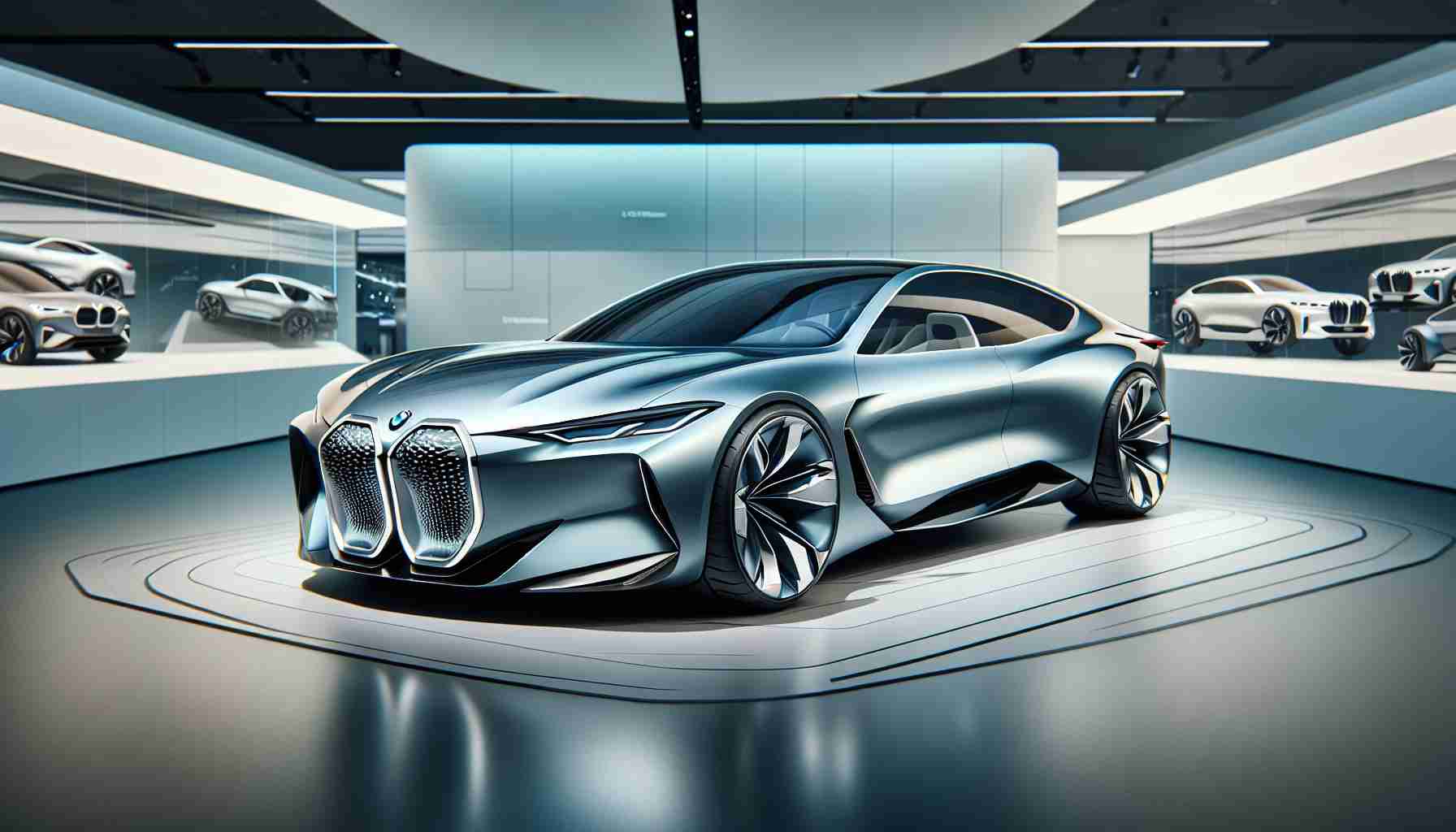BMW has shed light on the visionary Neue Klasse X, hinting at the stylistic direction of future BMW SUVs. At the heart of its creation is a breakthrough high-performance computing platform, paired with innovative uses of generative AI to foster and reflect the distinctive features of Neue Klasse X.
Artificial Intelligence Meets Design Elegance
Envisioning a blend of cutting-edge technology and human-centric design, BMW has unveiled its latest innovation. In a move resonant of the transformative effect of the 1961 Lincoln Continental on American automotive aesthetics, the Neue Klasse X concept captivates with its sophisticated simplicity, steering clear of excessive flamboyance in favor of an ease that echoes the Italian sensibility of sprezzatura.
The exterior design of the Neue Klasse X commands attention with its intricate details coalescing into a harmonious whole. The kidney grille intrinsic to BMW’s identity has been seamlessly integrated into the vehicle’s modern facade, and the overall form promises enduring appeal.
Inside the Tech-Forward and Eco-Conscious Cabin
Step inside the Neue Klasse X and you’ll find yourself surrounded by environmentally responsible materials and a tech-focused cockpit. A sweeping panoramic screen replaces the traditional dashboard displays, operable by an intuitive touchscreen interface that allows customization of the vehicle’s auditory experience among multiple thematic options.
The Neue Klasse X’s “Super Brain”
Underpinning this high-tech interface is what BMW dubs the “super brain,” a quartet of next-generation high-performance processors ensuring fluid communication between all systems. This is a futuristic gesture toward an organic, digital user experience.
Human and AI Collaboration in Automobile Design
While the Neue Klasse X’s aesthetics are striking, the process behind its design is equally fascinating. Hussein Al-Attar, a leading designer at BMW, leveraged the power of AI to augment the design process, initiating a creative dialogue between human ingenuity and computational prowess. AI-generated motifs provide a kaleidoscopic backdrop to the vehicle’s design, pushing boundaries into new, multisensory directions.
The incorporation of AI isn’t just an auxiliary part of the design process; it is instrumental in avoiding design echo chambers, ensuring that each iteration brings forth something novel and sensory engaging, aligning with the overall objective of the Neue Klasse project.
The BMW Neue Klasse X concept represents an intriguing fusion of technology and design. While the article did not address some of the related aspects of broader industry implications, competitive landscape, and user implications, these are relevant areas of interest that help to contextualize the unveiling. Here’s an extrapolation on such facts and questions:
Importance of Tech Integration in Automotive Industry
The use of a high-performance computing platform and AI in car design is part of the larger trend of increasing digitalization and tech integration in the automotive industry. This is critical in enabling more sophisticated vehicle functions, from advanced driver assistance systems (ADAS) to fully autonomous driving capabilities.
Competitive Landscape
BMW is not alone in its attempt to innovate with AI and advanced computing; competitors like Audi, Mercedes-Benz, and Tesla are also investing heavily in these areas. The race towards creating the most advanced and user-friendly systems is hotly contested, and BMW’s Neue Klasse X is an effort to stay at the forefront of this competition.
User Implications and Experience
The emphasis on intuitiveness and customization of the user interface resonates with current consumer expectations. Users are increasingly looking for vehicles that are not only tools for transportation but also personalized spaces that reflect their preferences and lifestyles.
Key Challenges and Controversies
The key challenges include ensuring the reliability and security of these high-tech systems in the face of cyber threats and maintaining user privacy. Furthermore, some controversies may arise from the potential job displacement due to AI’s growing role in design and other aspects of car manufacturing.
Advantages and Disadvantages
One of the advantages is the ability to create unique and appealing designs at a faster pace, potentially shortening development cycles. However, a disadvantage might be the over-reliance on technology that could alienate some segments of the market that prefer the traditional, hands-on approach to vehicle design and user experience.
Considering the article’s emphasis on AI’s role in design, those interested in the broader application of AI in the automotive industry may wish to visit the BMW official website for updates and announcements related to future projects and concept vehicles: BMW Official Website.
Please note that as of my last update, I cannot confirm real-time updates or changes that may occur on the BMW website or other external links.
The source of the article is from the blog maestropasta.cz

